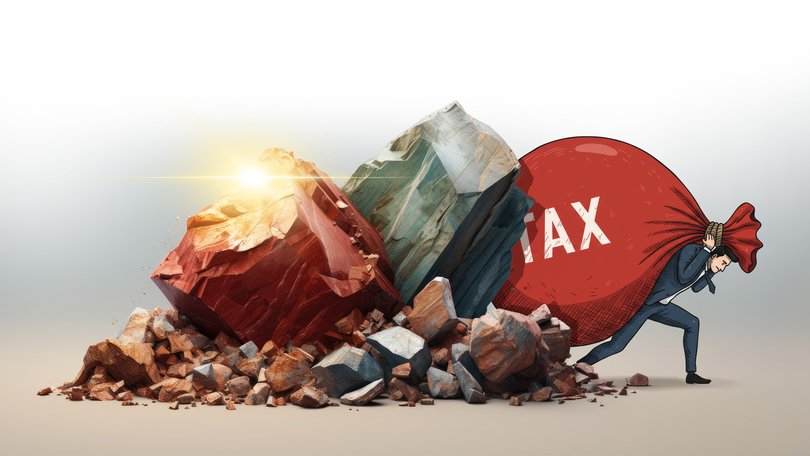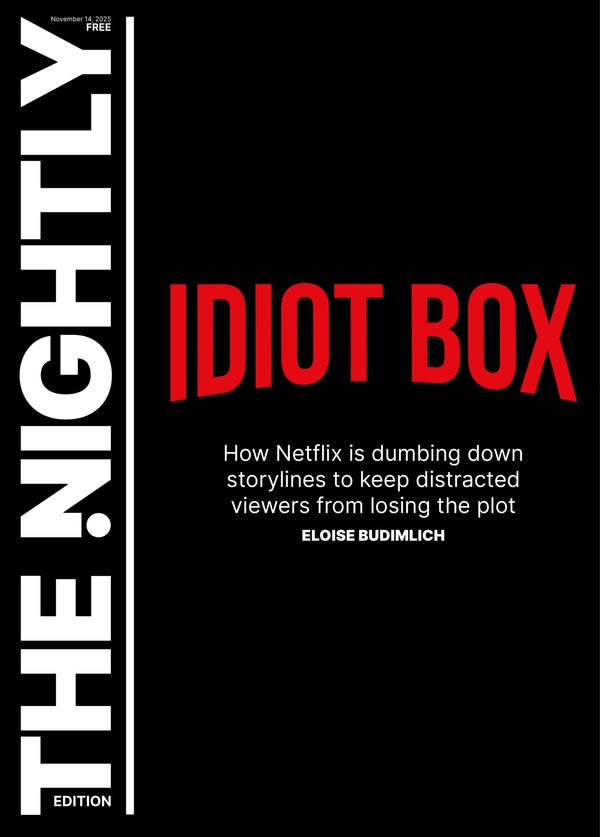BEN HARVEY: Australian taxpayers will front the bill of Albo’s $3.1 billion critical minerals deal

Anthony Albanese is rightly basking in the warm glow of a diplomatic coup in Washington.
It was looking shaky there for a while, courtesy of a bespectacled and bearded elephant in the room.
“I’m Kevin, I’m from Queensland and I’m here to help,” was how he introduced himself to the world around the time of the Kevin07 tidal wave.
Sign up to The Nightly's newsletters.
Get the first look at the digital newspaper, curated daily stories and breaking headlines delivered to your inbox.
By continuing you agree to our Terms and Privacy Policy.He’s been more hindrance since then.
Everyone was wondering how Donald Trump would react to Rudd’s presence at that meeting in the American capital. We got off lightly when he remarked — seemingly flippantly but perhaps not — that “I don’t like you either and probably never will”.
Not great, but the Department of Foreign Affairs and Trade would have taken that putdown in a heartbeat in the lead-up to the Washington trip.
The sight of a walking ego like Rudd reduced to nervously sipping water as the world’s press documented his discomfort was excruciating.
In that moment, what would he have given to have been able to bleach from the internet those disparaging tweets about the President?
Albanese must have had his heart in his mouth as Trump rounded on his ambassador.
The PM could ill afford another failed diplomatic mission, having snatched defeat from the jaws of victory during trips to the Pacific.
He needed a win and a win he got.
And now the good old Australian taxpayer is going to pay for it.
The multi-billion-dollar agreement to kick-start extraction of so-called critical minerals and heavy rare earths in different parts of Australia has been hailed a game-changer.
Those materials, which include dysprosium, terbium, holmium, tungsten, nickel, cobalt (and a handful of other things that will make you feel like you gargled a periodic table) are needed to manufacture items that are essential for a modern existence.
Things like microchips, smart phones, electric cars and wind farms.
Also strike fighters, intercontinental ballistic missiles and smart bombs. The can’t-live-without things you need in 2025.
The $3.1 billion that everyone is talking about comes courtesy of publicly funded agencies.
The US Export Import Bank (which takes money from American taxpayers and loans it to corporates), Export Finance Australia (which takes money from Australian taxpayers and loans it to corporates) and the US Department of War (which is still as awkward to write as it is to read).
News of the largesse of unwitting taxpayers lit a fire under the companies that will benefit from the funding.
This reporter is sure he speaks for every nine-to-five schmuck when he says it warms his heart to know that his tax dollars will give struggling resources executives and their families a chance to break out of shanty town and get ahead in life.
He is bursting with altruistic pride at the thought of helping these businesspeople lift themselves up by their bootstraps and is mindful that his subsidy comes just in the nick of time, for moribund prices of some commodities have meant many mining entrepreneurs risk driving last year’s BMW 7 Series for the entirety of 2025.
Thank you, Albo, for giving us PAYG taxpayers a chance to prove our worth as lifters not leaners by helping down-on-their-luck mining companies supply affordably priced raw materials to struggling corporations like Apple, Nvidia and Lockheed Martin.
And thank you, mining executives, for having the strength of character to set aside your long-held opposition to government intervention long enough to accept government intervention in the form of a cheque.
Some politicians have had the gall to suggest this is a good deal for taxpayers.
Really? When do taxpayers ever get a good deal? If there was a good deal to be had the private sector would have had it; taxpayers get involved when the numbers don’t add up.
“In about a year from now, we’ll have so much critical mineral and rare earths that you won’t know what to do with it, they’ll be worth about $2,” was how Trump summed up the impact of the investment.
Buy high and sell low. Sign me up for that deal . . .
The Federal Government is madly trying to convince us the investment is worth it because it will herald the dawn of a new processing industry.
We’ve been sold these magic beans before.
There are two problems to overcome before we contemplate the pipe dream of downstream processing Down Under.
First, rare earths processing is a completely new industry in Australia, and everyone agrees we’re beholden to an as-yet un-invented technological breakthrough.
So, until someone comes up with a rare earths flux capacitor, we’re going to remain the world’s quarry, not its factory.
Second, where do you think all the plant and equipment needed for a rare earths refinery comes from?
China.
We are either going to have to convince Xi Jinping to sell us the kit we need to break his market monopoly or teach a bunch of Australian tradies how to make the infrastructure here.
The last refinery that Australian trades people were involved in was the Tianqui-IGO lithium plant in Kwinana, south of Perth.
They’ve spent $1.2b on it and its still only producing a third of its nameplate capacity. It’s the Leyland p76 of industrial projects.
Getting the $3.1b deal over the line was hard; getting any kind of return on investment will be harder.

